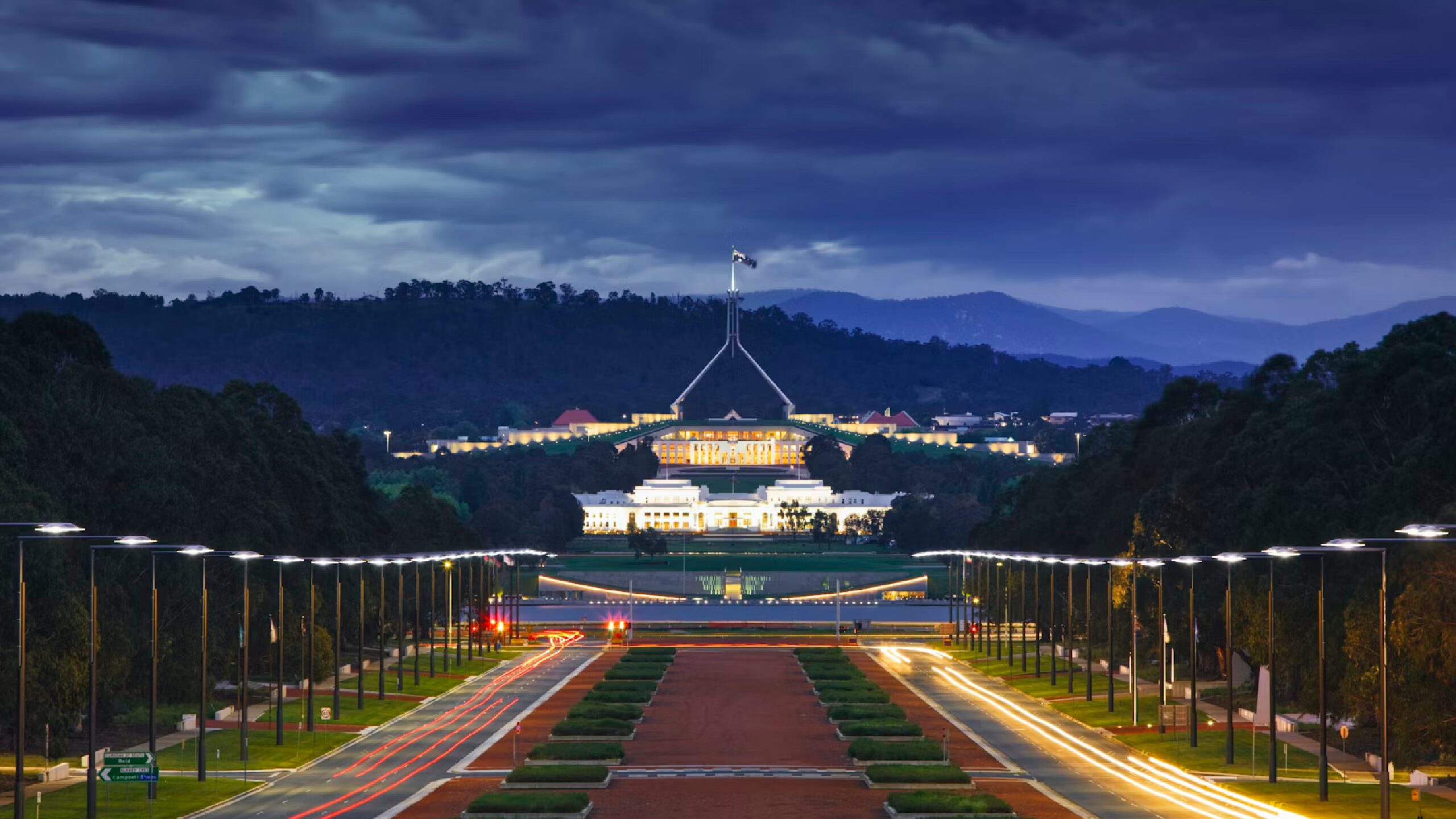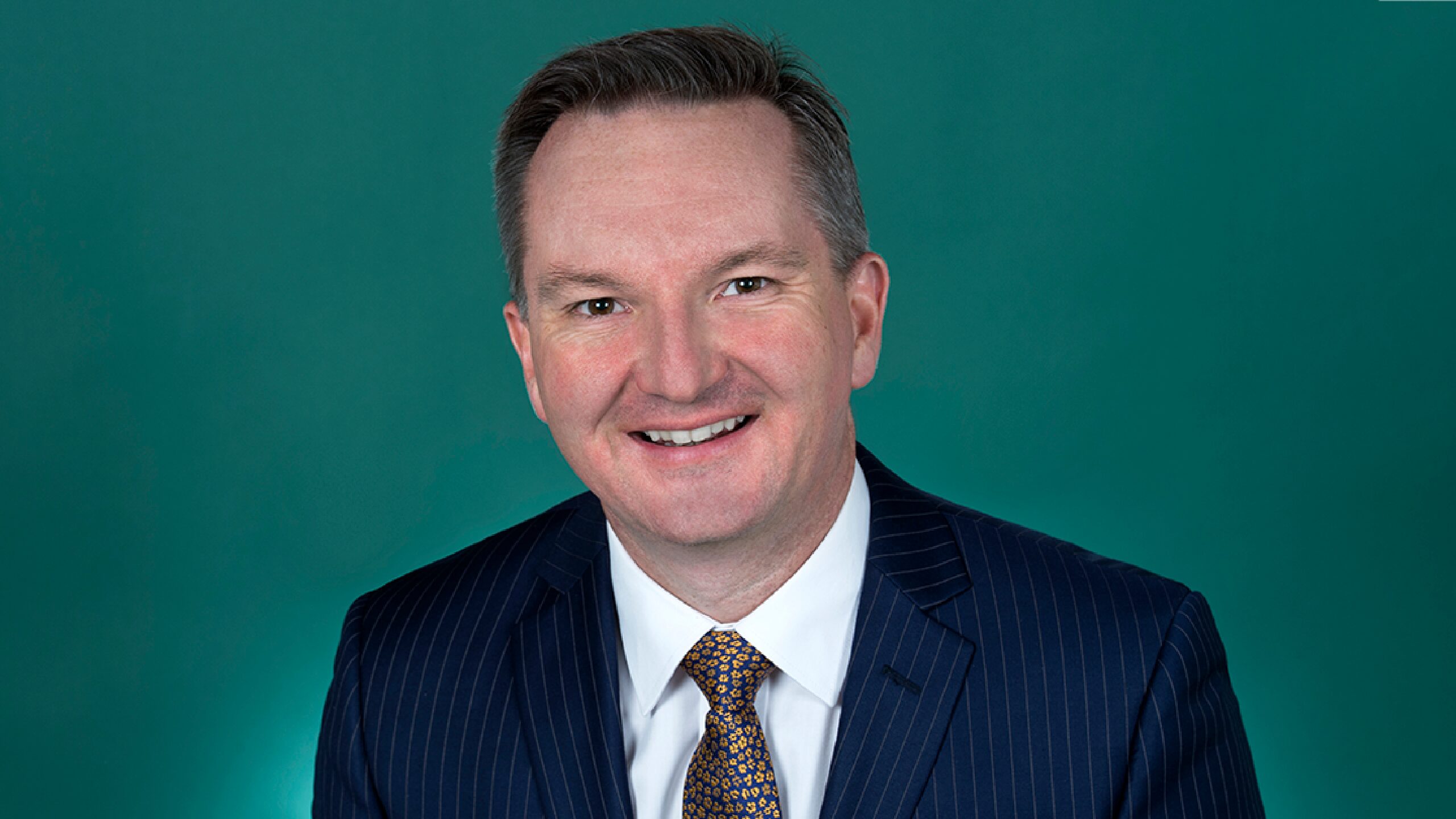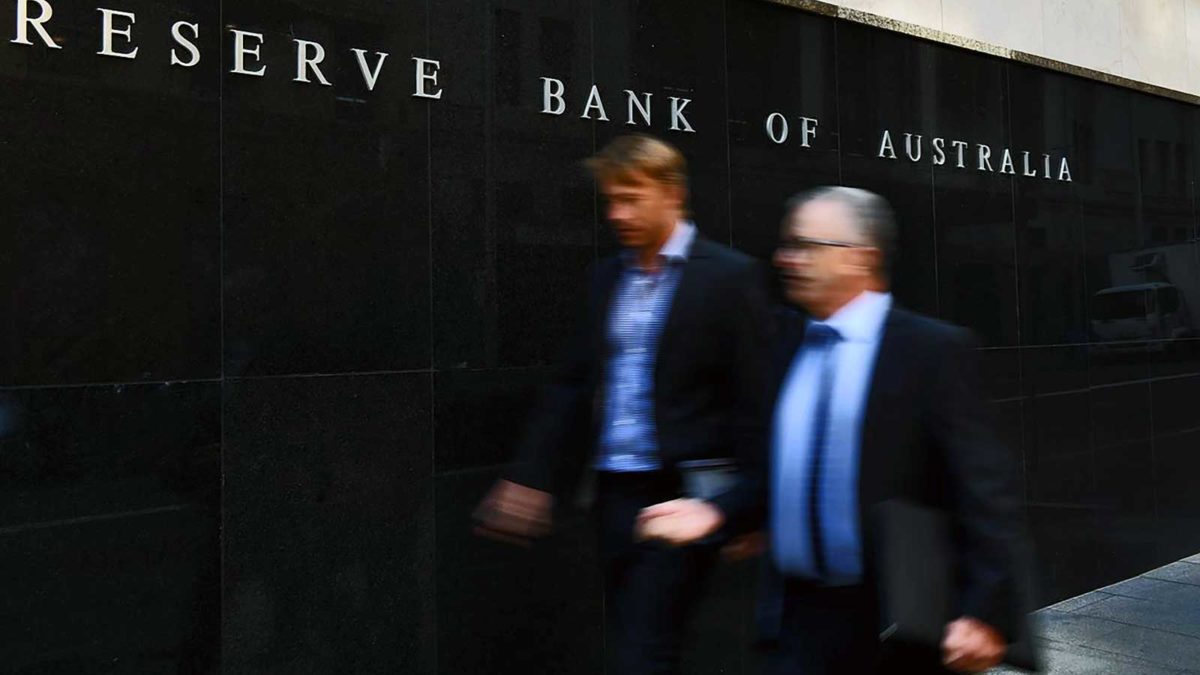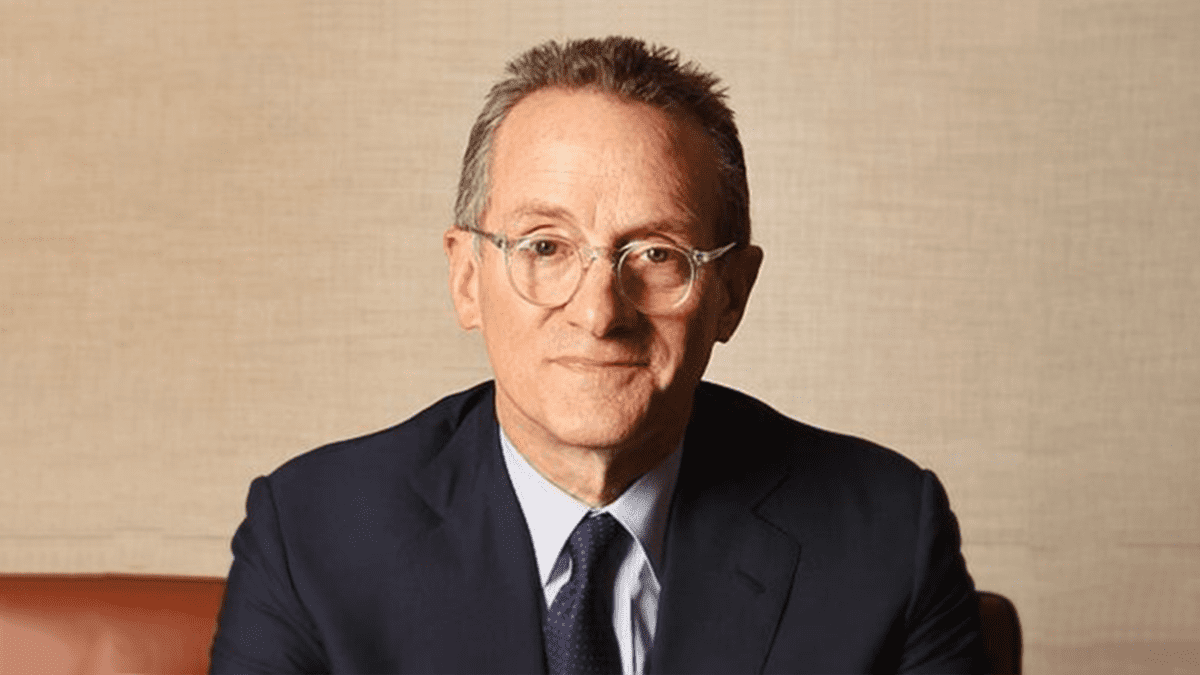How do rate hikes solve our inflation problem?
A weekend filled with responding to client concerns about the threat of a bear market and significant selloff for equities in the months to come has me questioning the premise of the concerns.
Sifting through the financial press, fund manager updates and economist forecasts, and there seems to be consensus that 2022 is the year in which rate hikes begin. In fact, many commentators and experts are suggesting that seven (yes seven) increases by the Federal Reserve are already being priced-in by the market.
This is a Federal Reserve that struggled to get rates back over 2 per cent as recently as 2019 despite a late-stage but booming global economy.
Reading the plethora of commentary, it appears that forecasters believe that the only option that every major central bank has in the event of an increasing inflation rate is to hike interest rates, thereby increasing the cost of capital. As if there is some simple rule that suggests higher rates are the only and reliable solution to inflationary environments.
This time is clearly different, and I have no concern saying that. It doesn’t mean that I don’t think equities markets could suffer a “recalibration,” as excessive growth rates are reversed, but rather that this isn’t the inflation we have come to know. In fact, it is primarily self-inflicted.
Most experts agree that rising energy costs, higher food costs and supply chain problems are the key drivers of inflation, but the question is how a higher cost of capital solves these issues. For instance, energy costs have been a clear beneficiary of underinvestment over many years, a lack of staffing and most importantly the market power of OPEC+, which suffered under significantly lower prices for several years.
It’s unlikely that a rate hike will have a major impact on the demand for fuel, particularly as the world gets back to normal, post-Omicron. Similarly, if the US hikes rates first, this would likely lead to a strengthening of the US dollar, which of itself would be inflationary in pretty much every other country that imports its own oil; adding to the inflationary pressure.
The cost of food has been highlighted as another major issue, but naturally the cost of food is dominated by two things, the cost and availability of labour, and the cost of transport. We all know about the diesel shortage, primarily due to closed borders and a lack of staff to operate the mines and production facilities that manufacture it.
While the furlough of staff at our local café is well-appreciated, what is not so well-understood is the sheer unavailability of seasonal workers to get most food to the grocery store, something exacerbated by closed borders all around the world. The question is, will an interest rate hike result in a significant enough reduction in demand to offset these issues; given that we all have to eat.
The other supply chain issues, mainly around timber and semi-conductors, are having a major impact on the current inflation rate, but so is, in many cases, the poor management of supply chains by businesses. Obviously, a lack of semiconductors means new cars can’t complete production, which naturally means those people who need a care must buy used cars. The result was an incredible price increase in a single sector of the economy. Timber faces another issue, exacerbated by higher freight costs, themselves impacted by a lack of staff willing to travel on a boat with other humans.
On the case of management, the stories are widely available of businesses cancelling orders and walking away from their emerging-economy manufacturing partners, leaving them to fend for themselves during the onset of the pandemic. Many companies delivered strong earnings on the back of surging demand, but also in running down their existing inventory, which eventually needs to be replaced; so perhaps we saw two years of inflation in one?
Again, my big question here is how do seven interest rate hikes solve these issues? The cost of capital will go up for businesses and the consumers themselves, along with the cost of debt. Yes, discretionary consumption will likely fall as mortgage payments surge, but this hasn’t been the core of the problem. In fact, most economists are banking on a surge in consumption to support the economy after economic support packages cease.
I’m not suggesting interest rates shouldn’t be higher at some point in the future; rather I’m suggesting it will likely be much more balanced than the headlines suggest. The RBA (and the Fed, for that matter) seem to be a few steps ahead of the market, and are actually focusing on the health of the real economy, no longer relying on forecasts and expectations that typically drove major policy decisions in the past.
I think inflation will ebb and flow in the coming years, as the pandemic becomes endemic, and central banks are more likely to raise rates when inflation is lower than when it is higher, seeking to ‘normalise’ policy at the appropriate time.









